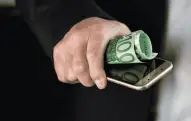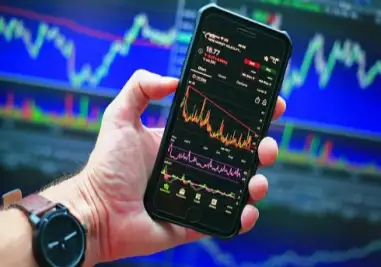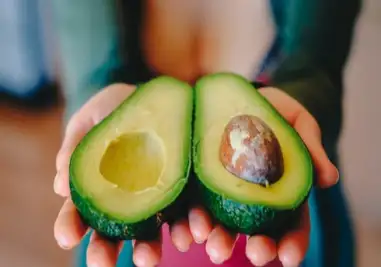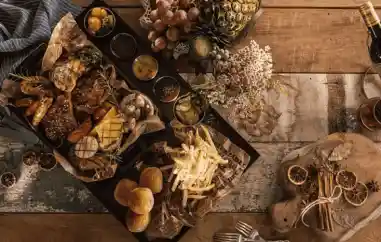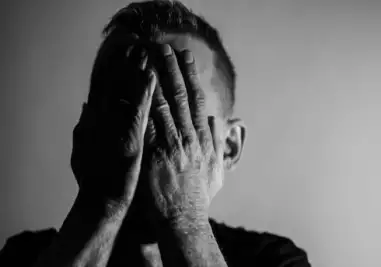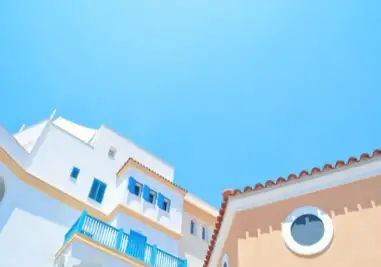Sales Psychology - a Saturday morning walk
The setting: Stefan Suchanek - charismatic architect, interior designer, moderator, musician, photographer; a sunny Saturday in February, Munich´s vibrant Glockenbachviertel. The objective: getting to know more about Stefan´s business "Raumkunst". He advises retail shop owners how to optimize their sales areas in order to influence the client´s perception of it, which can significantly help numbers go up. I wanted to see shops to understand what is done well and what could be optimized. So we start walking down Holzstrasse, with its beautiful old buildings and Stefan is talking about architecture, the golden section and how it is related to biology, the solar system and magnetism. I learn that this is the fundament of a preset aesthetic perception. Wow!
With this in mind we visit the first shop - Hannibal, a small menswear boutique with exclusive, puristic fashion made in Germany. A stylish bike is displayed in the shop window that carries the right amount of lifestyle which is always an important factor. Lifestyle first means to be consistent in conveying a feeling to the respective clientele and second to present the products in a surprising, different way. Hannibal is a reduced shop with raw, unplastered walls that are beautifully contrasting with the clothes' materials. The wing chair in the corner is a symbolic inviting gesture of which there can never be enough of.
Other elements regarded as welcoming gestures include a red carpet, a table, chair, vase or other objects in front of a shop, an inviting smile, a welcome desk. On the contrary steps are perceived as slightly negative, also a metal handle - especially in winter - or a clearly visible cash register.
It is interesting how many rules underlie sales psychology that we are not aware of like for example our tendency to walk rather on the right than the left side, or horizontal lines being perceived as borders that stop our sight; or that if we are strolling instead of walking it puts us into the mood to shop. Of course clever salesmen and -women are using this knowledge to boost sales. As soon as we are aware of these little tricks we can try to decide for ourselves if we want to be fooled or not.
We continue walking through the quarter, passing lots of individualistic boutiques and intuitively stop in front of a florist. Stefan lectures about how to display objects, how to group them, how a shop owner can offer a proposal to people so that they obtain a nice result by buying more than just one object and thus showing their interior design "expertise" at home.
The flower shop displays its goods on the pavement like in a market place and hardly anybody is able to pass it without stopping and having a look, as everything is so beautifully arranged. Objects that are placed at a higher level are perceived as more exclusive and so higher prices can be asked for them; it could even be outlet goods, but only elevating them attracts our attention, a price reduction on top and the clients think they got a perfect bargain!
The next shop we want to visit is very unique, but the problem is we are not able to see from across the street what is displayed in the window. This happens quite often; shop owners either want to save money and therefor switch off the lights during the day or the lights are not directed at the goods. It makes a huge difference as soon as spotlights are illuminating the exhibits: you can achieve a lot with light, but the most important thing is to make the goods visible from far away.
Apart from that, this shop has perfectly accomplished combining lifestyle and selling sports shoes. It addresses a young clientele with the vibe of a butcher´s shop and tattooed sales guys; chicken wire is separating the fitting rooms from the sales area and reminds us of a gangsta setting in a music video. This boutique attracts a niche market and does it quite well.
It also is an example of how brick and mortar makes a difference to online shopping; you meet a specific clientele, go shopping with friends, are able to feel the materials, can talk to a salesperson, can try on as much as you like... So it is not true that online always wins over offline!
What I can say for myself is that my feeling of how well shop owners are/are not translating some of these rules is d´accord with my feeling and sometimes isn´t. The golden section of the old buildings in this area at least gives me a feeling that positively influences my general condition and my perception; it may lead to a good feeling and to a higher probability for shopping for stuff that is not urgently needed. Biology, the solar system and magnetism may be related to that or not!











